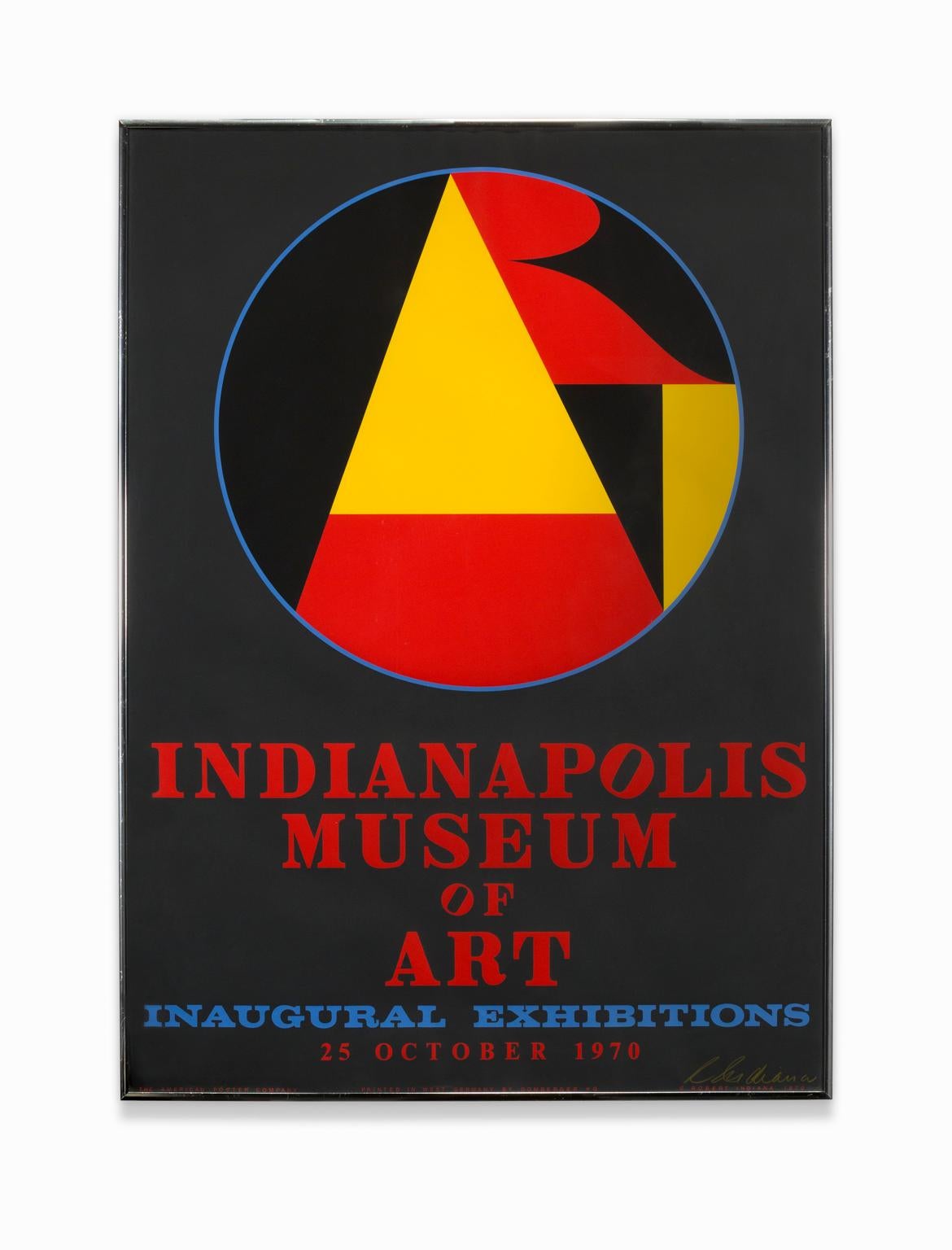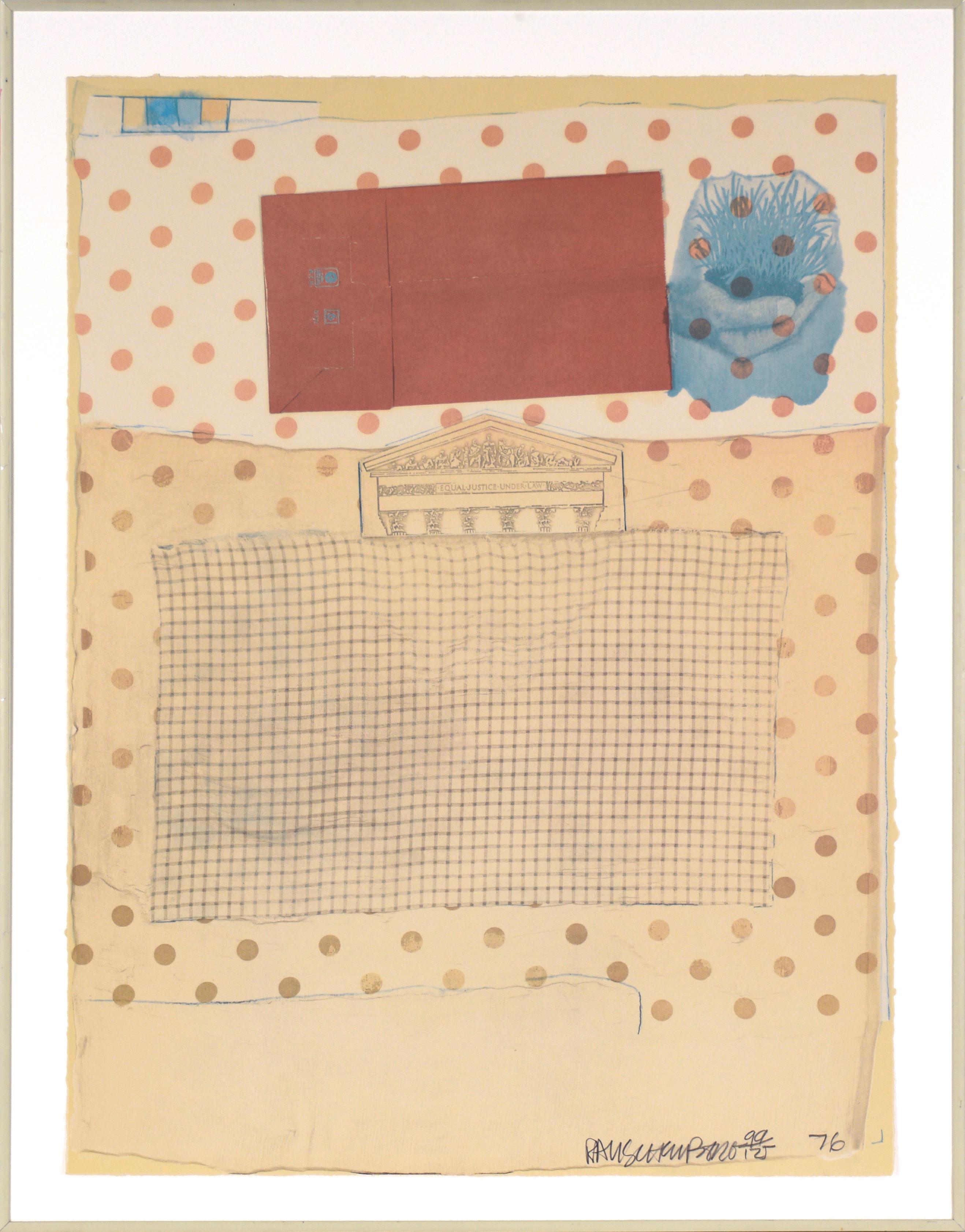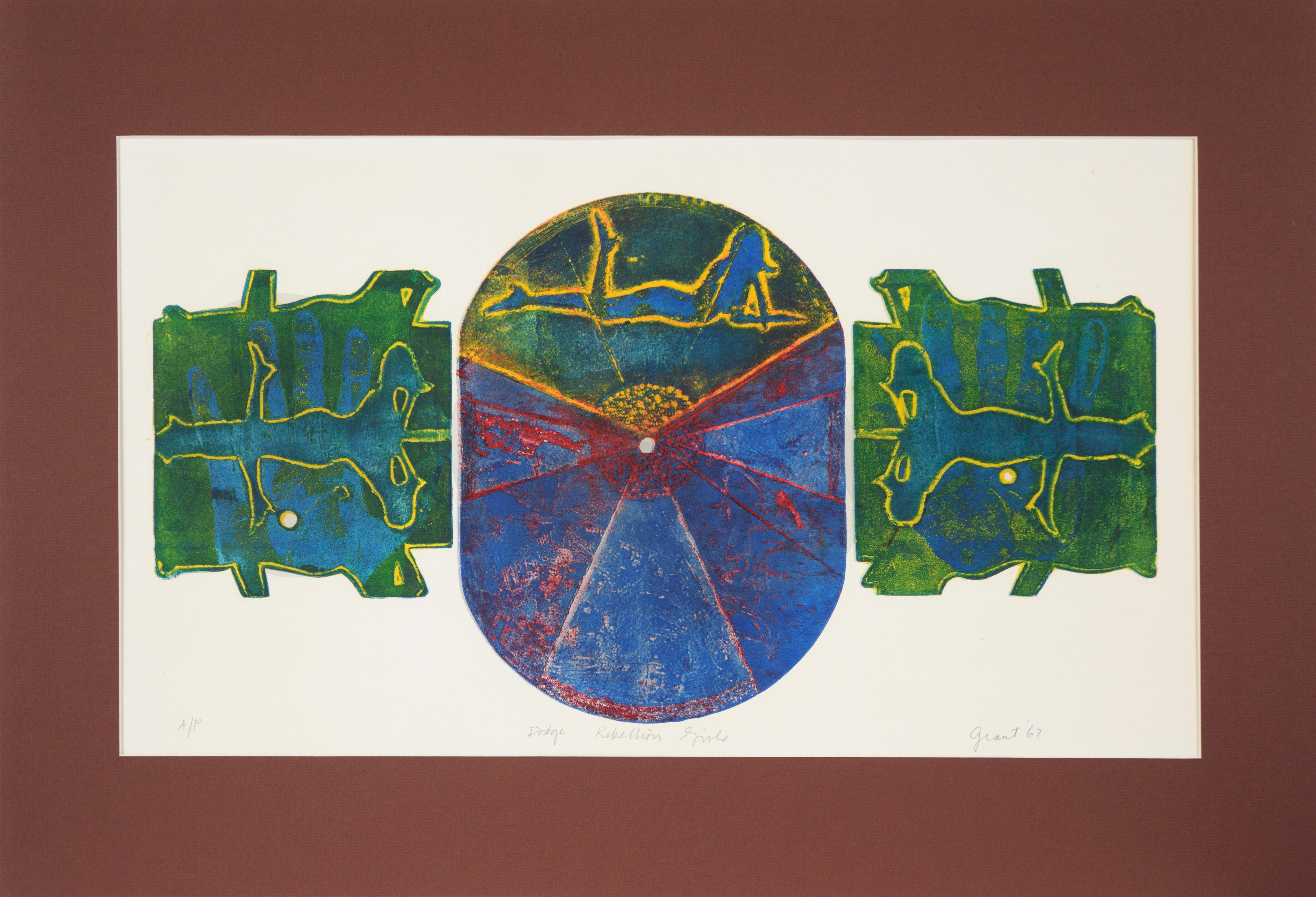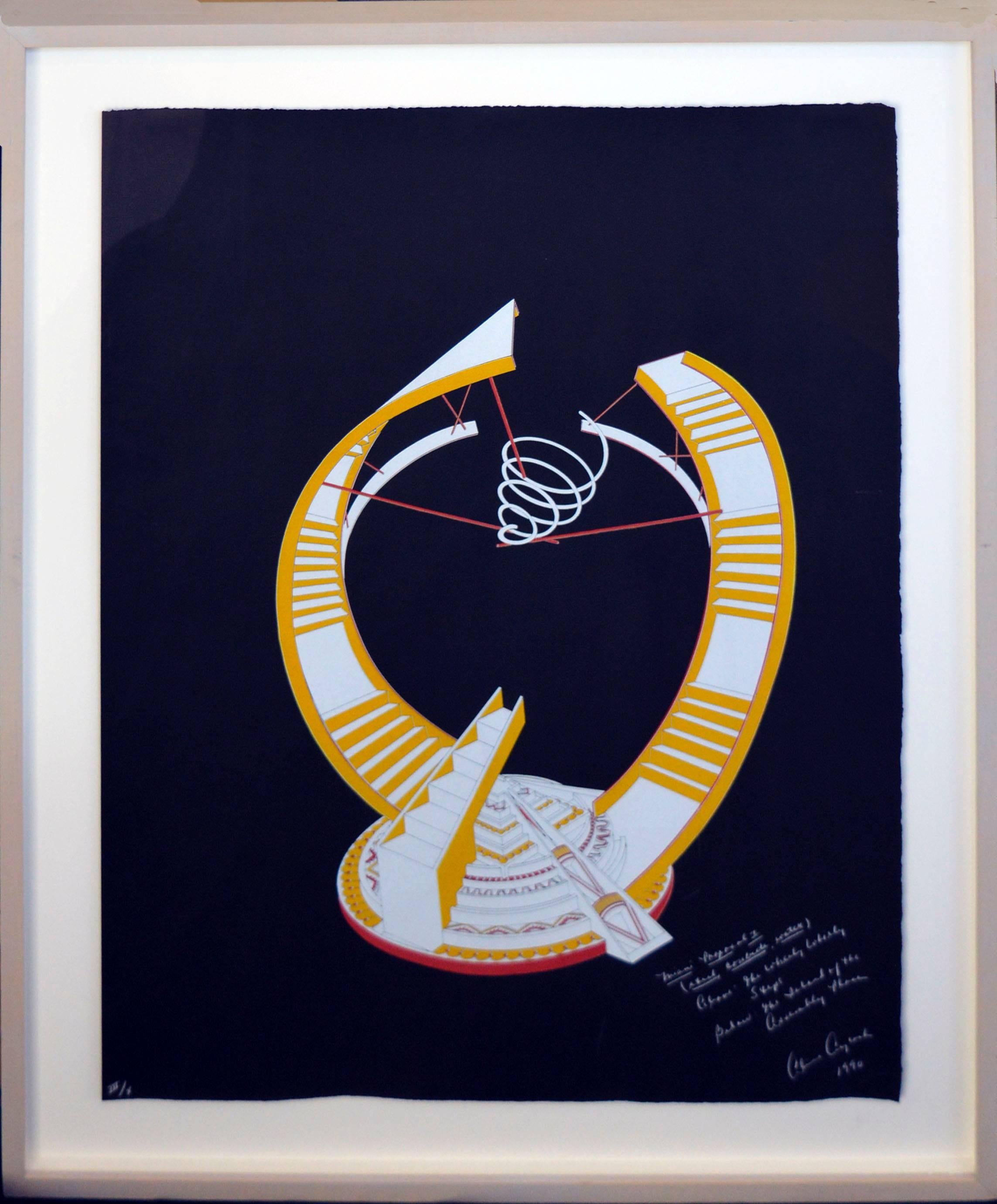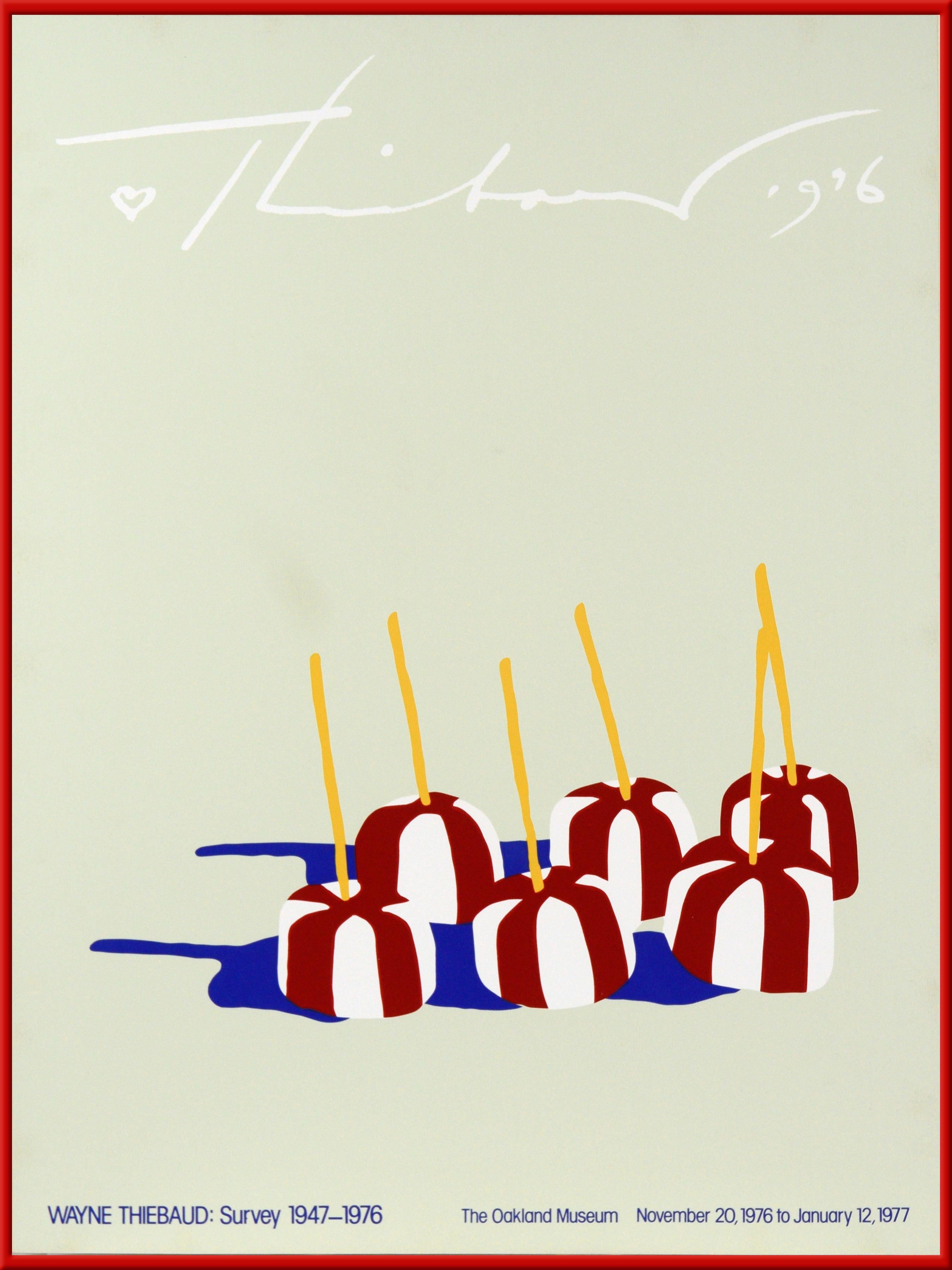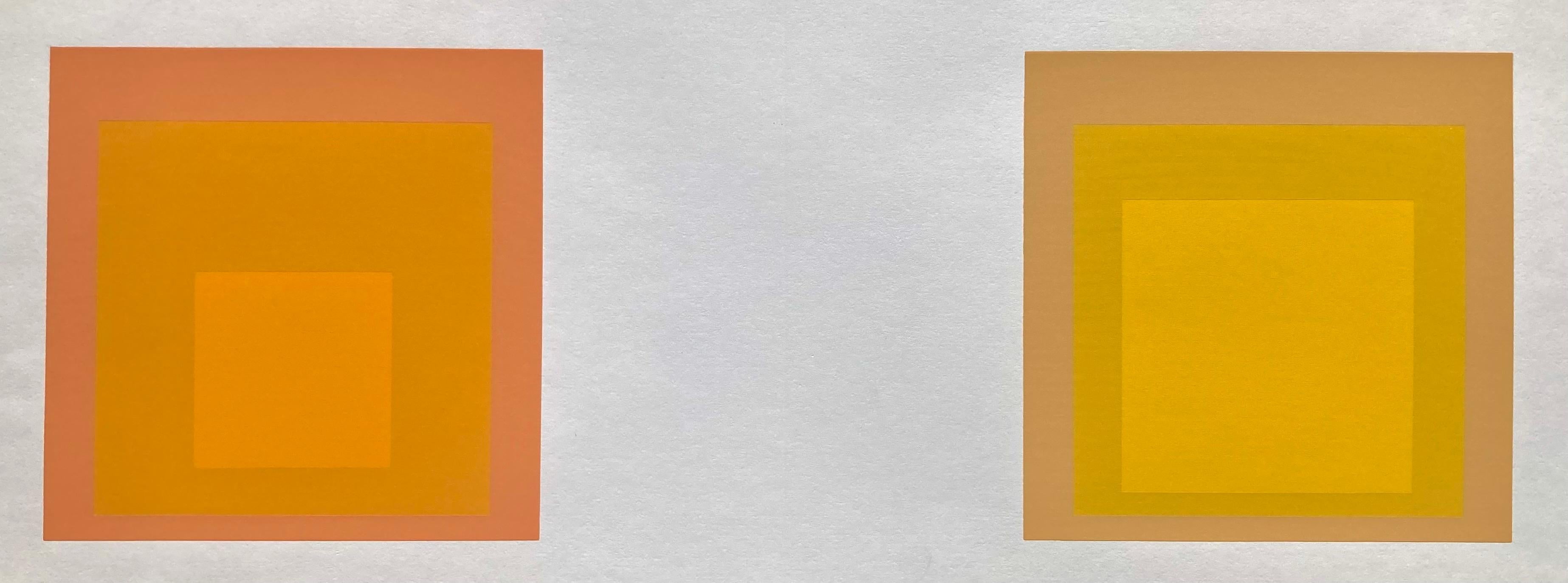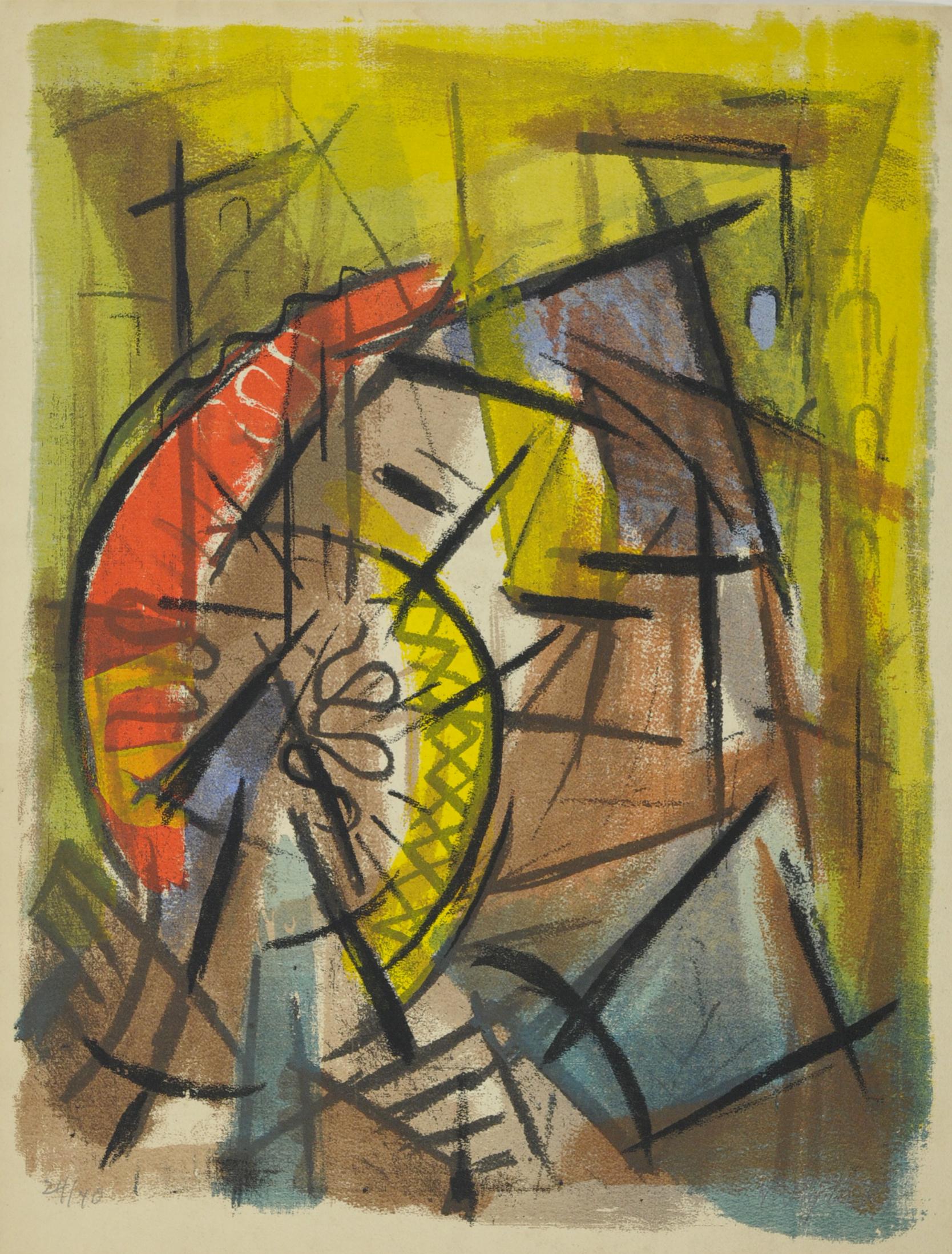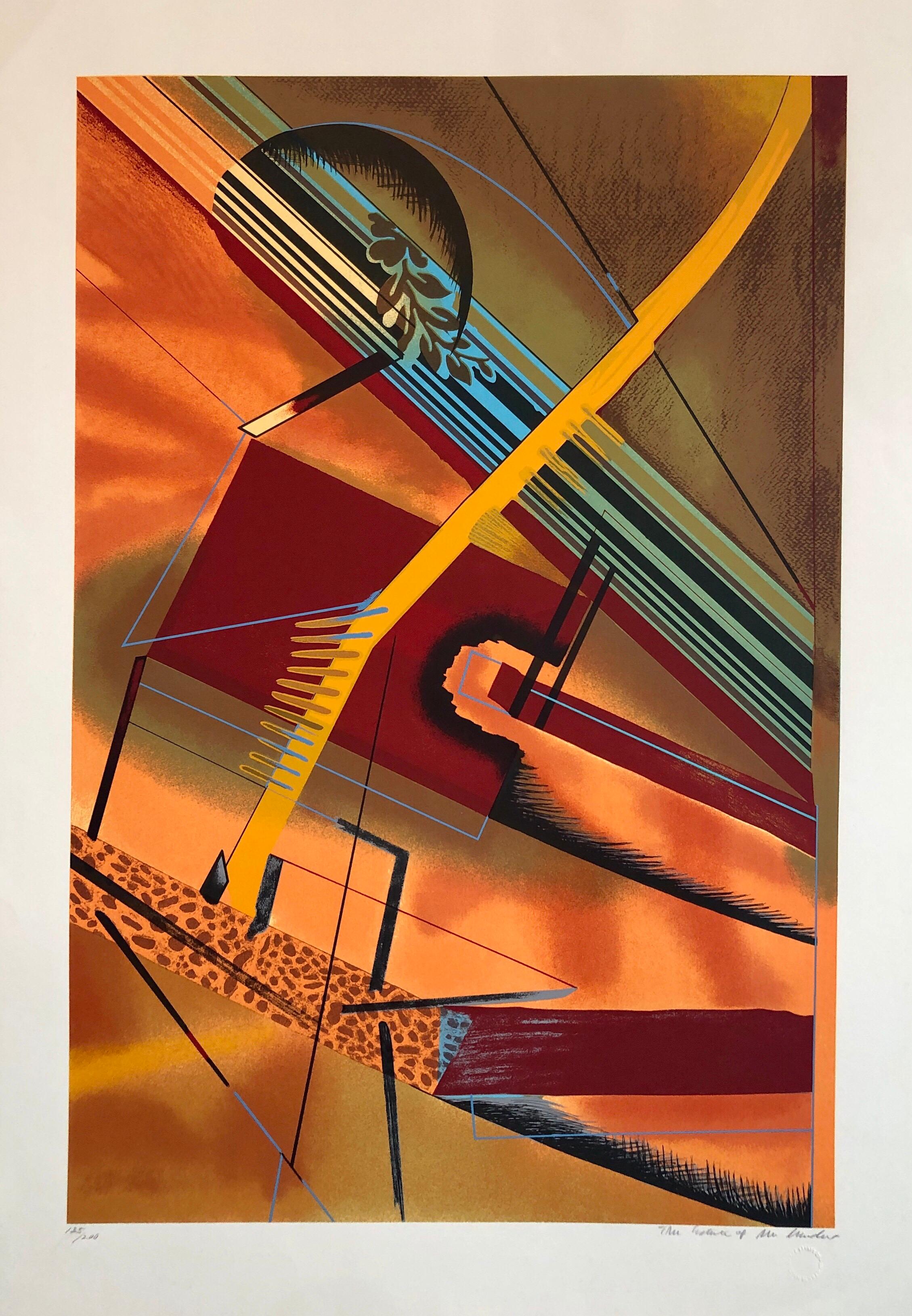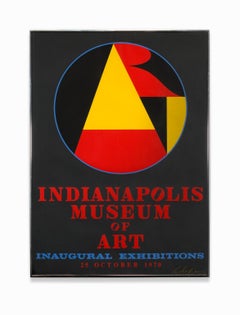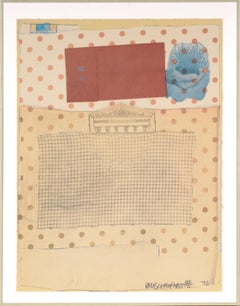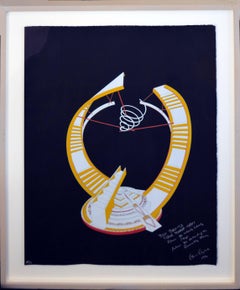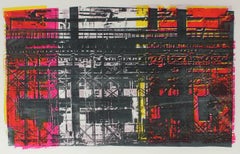
"Construction" Abstracted Industrial Scene in Red and Black, Serigraph, 1973
View Similar Items
1 of 6
Barbara Lewis"Construction" Abstracted Industrial Scene in Red and Black, Serigraph, 19731973
1973
Price:$565
$665List Price
About the Item
- Creator:Barbara Lewis (1925 - 2008, American)
- Creation Year:1973
- Dimensions:Height: 17 in (43.18 cm)Width: 26 in (66.04 cm)Depth: 0.07 in (1.78 mm)
- Medium:
- Movement & Style:
- Period:
- Condition:Minor vintage wear, some creasing.
- Gallery Location:San Francisco, CA
- Reference Number:Seller: A09131stDibs: LU29822919551
Authenticity Guarantee
In the unlikely event there’s an issue with an item’s authenticity, contact us within 1 year for a full refund. DetailsMoney-Back Guarantee
If your item is not as described, is damaged in transit, or does not arrive, contact us within 7 days for a full refund. Details24-Hour Cancellation
You have a 24-hour grace period in which to reconsider your purchase, with no questions asked.Vetted Professional Sellers
Our world-class sellers must adhere to strict standards for service and quality, maintaining the integrity of our listings.Price-Match Guarantee
If you find that a seller listed the same item for a lower price elsewhere, we’ll match it.Trusted Global Delivery
Our best-in-class carrier network provides specialized shipping options worldwide, including custom delivery.You May Also Like
"Indianapolis Museum of Art Inaugural Exhibitions", Color Silkscreen, Signed
By Robert Indiana
Located in Detroit, MI
"Indianapolis Museum of Art Inaugural Exhibitions", 25 October 1970, is an eye popping large bold colorful geometric abstract silk screen. It is signed on the lower right.
Robert Indiana, one of the preeminent figures in American art since the 1960s, played a central role in the development of assemblage art, hard-edge painting, Pop art, Neo-Dada, American Modernism and Modern Art. A self-proclaimed “American painter of signs,” Indiana created a highly original body of work that explores American identity, personal history, and the power of abstraction and language, establishing an important legacy that resonates in the work of many contemporary artists such as Andy Warhol, Keith Haring, Roy Lectenstein, David Hockney, Romero Britto, Richard Hamilton and Robert Rauschenberg who make the written word a central element of their oeuvre.
Robert Indiana was born Robert Clark in New Castle, Indiana on September 13, 1928. Adopted as an infant, he spent his childhood moving frequently throughout his namesake state. At 14 he moved to Indianapolis in order to attend Arsenal Technical High School, known for its strong arts curriculum. After graduating he spent three years in the U.S. Air Force and then studied at the Art Institute of Chicago, the Skowhegan School of Sculpture and Painting in Maine, and the Edinburgh College of Art in Scotland.
In 1956, two years after moving to New York, Indiana met Ellsworth Kelly, and upon his recommendation took up residence in Coenties Slip, where a community of artists that would come to include Kelly, Agnes Martin, James Rosenquist, and Jack Youngerman had studios. Indiana, like some of his fellow artists, scavenged the area’s abandoned warehouses for materials, creating sculptural assemblages from old wooden beams, rusted metal wheels, and other remnants of the shipping trade that had thrived in Coenties Slip. The discovery of 19th century brass stencils led to the incorporation of brightly colored numbers and short emotionally charged words onto these sculptures as well as canvases, and became the basis of his new painterly vocabulary.
Although acknowledged as a leader of Pop, Indiana distinguished himself from his Pop peers by addressing important social and political issues and incorporating profound historical and literary references into his works. In 1964 Indiana accepted Philip Johnson’s invitation to design a new work for the New York State Pavilion at the New York World’s Fair, creating a 20-foot EAT sign...
Category
1970s American Modern Abstract Prints
Materials
Paper, Ink, Screen
"Equal Justice Under Law" Screenprint #99/125 on Wove Paper
By Robert Rauschenberg
Located in Soquel, CA
"Equal Justice Under Law" Screenprint #99/125 on Wove Paper
Iconic composition by Robert Rauschenberg (American, 1925-2008). A red envelope and a hand holding sprouted grass the pli...
Category
1970s American Modern Abstract Prints
Materials
Laid Paper, Screen
"Dodge Rebellion Girls" - 1967 Original Silkscreen on Paper Artists Proof
By Marc Foster Grant
Located in Soquel, CA
"Dodge Rebellion Girls" - 1967 Silkscreen on Paper
1967 color silkscreen depicting the Dodge Rebellion Girls by Marc Foster Grant (American, b. 1947). A silhouette of the 'dodge gi...
Category
1960s American Modern Figurative Prints
Materials
Paper, Ink, Screen
Vintage Silkscreen Abstract -- The Wheely Whirly Steps
By Alice Aycock
Located in Soquel, CA
Expressive vintage silkscreen on black paper by Alice Aycock (American, 20th Century). Hand signed and dated "Alice Aycock 1990" with hand written ...
Category
1990s American Modern Abstract Prints
Materials
Screen, Laid Paper
$2,280 Sale Price
20% Off
"Wayne Thiebaud: Survey 1947-1976" Oakland Museum Show Poster
By (After) Wayne Thiebaud
Located in Soquel, CA
"Wayne Thiebaud: Survey 1947-1976" Show Poster from the Oakland Museum 1976-1977
Silkscreen poster from the Oakland Museum 1976-1977 show "Wayne Thiebaud: Survey 1947-1976" with a printing of an original drawing (Six Candied Apples...
Category
1970s American Modern Abstract Prints
Materials
Paper, Screen
$740 Sale Price
20% Off
JOSEF ALBERS, Homage to the Square (diptych), 1971
By Josef Albers
Located in Torino, IT
JOSEF ALBERS, Bottrop 1888 - New Haven 1976
Homage to the Square (diptych), 1971
Original colored serigraph.
Perfect copies published in 1971 by the Ives-Sillman Inc. edition, New Ha...
Category
1970s American Modern Abstract Prints
Materials
Screen
